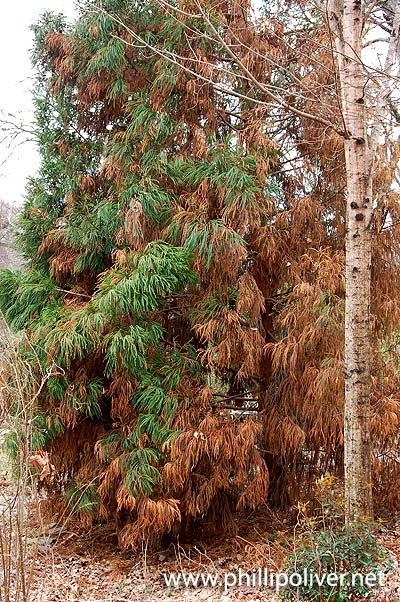Every day, it seems that there is another dire story in the news about the environment and the future of the planet. Bee populations are in decline and monarch butterflies have decreased by 80% in the past 20 years. Various causes are at play but the most obvious is that natural habitats are being eliminated. It seems that every time I venture out, I see another tract of trees being cut down to build houses so close together that it looks like the future residents would have very little room to grow anything. It is disheartening and alarming especially when no one seems to care, even government officials.
I know that gardeners do care, however, and as bleak as it seems, we press on and the majority of us do what we can to bring wildlife into our gardens. It can be a daunting task, however, and I confess that I am just learning things such as how to attract mason bees to the garden.
Attracting Birds, Butterflies, and Other Backyard Wildlife by David Mizejewski (a naturalist with the National Wildlife Federation), was first published in 2004 has just been reissued in a second edition.

This excellent book, illustrated with more than 200 photographs, shows how homeowners can create backyard sanctuaries that will entice a wide variety of wildlife to the garden.
Included:
- Developing a garden design
- Identifying and understanding the importance of native plants
- Providing food for wildlife - how to choose the right plants, supplementing with feeders
- Projects and recipes for feeders and food
- Creating water features
- Importance of plants for cover and protection
- Nesting and housing materials
- Sustainable gardening practicies (composting, water conservation)
- How to have your garden certified as a wildlife sanctuary
This updated edition includes information about neonicotinoids, aggressive and invasive species, and new and updated information about gardening practices.
Well illustrated with lists, graphs, drawings and photos, this is a book that is both educational and very inspiring.
Text and photos by Phillip Oliver, Dirt Therapy




Comments
Post a Comment